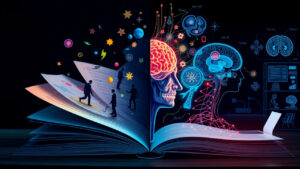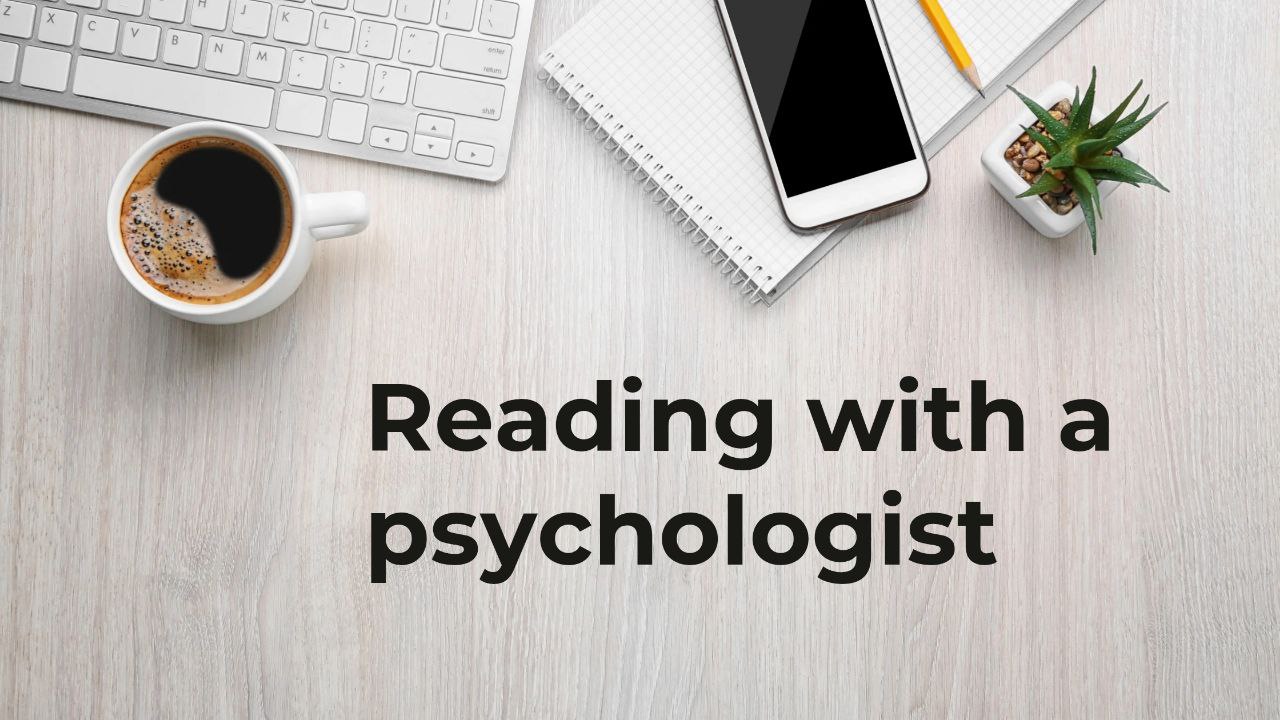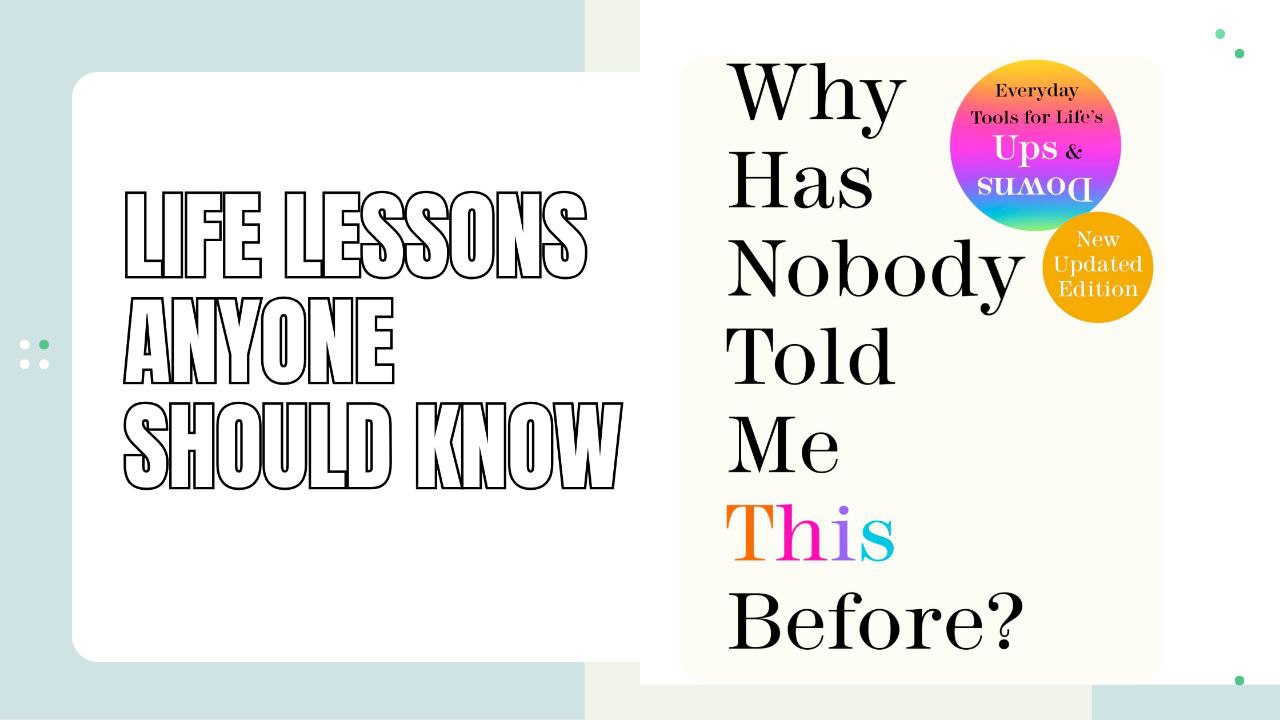Uncover the reality behind false depictions of mental illness in this extensive blog on Books vs Actual Psychology. Contrast fictional characters from actual psychological conditions and see how accurately fiction depicts reality.
Introduction
Books have long been an open window on the human psyche. From classics to novels, writers push against the boundaries of emotion, tragedy, and illness. But just how accurately do they represent authentic psychological disorders? Are these made-up characters a device of engaging fiction, or a representation of true clinical realities?
Here, in this blog, we will explore the fascinating dichotomy between what mental illness appears in fiction novels and what it’s considered in contemporary psychology. This Books vs Actual Psychology journey will discuss disorders such as Dissociative Identity Disorder (DID), depression, anxiety, PTSD, and schizophrenia with bestsellers and contemporary fiction novels. Let‘s draw a line between fiction and science.
Books vs Actual Psychology: Top-Selling Fiction Compared with Clinical Reality

1. Dissociative Identity Disorder (DID) — “Fight Club” by Chuck Palahniuk
The Fiction:
In the novel Fight Club, the narrator creates an alter ego by the name Tyler Durden, who represents his pent-up anger and wishes. He does not realize Tyler until a huge revelation comes.
The Psychology:
DID, or Multiple Personality Disorder, is marked by two or more distinct personalities or states of personality that control an individual‘s behavior at different times. It’s usually caused by extreme trauma in early life.
Reality vs. Fiction:
While Fight Club is exciting fiction, the staged drama simplifies DID. Most people with DID don’t have violent or over-the-top alter personalities. The disorder is characterized by memory loss, identity switching, and emotional splitting—not movie drama. Nevertheless, the novel provokes valuable discussions of identity, repression, and internal conflict.
2. Depression — “The Bell Jar” by Sylvia Plath and “It Ends with Us” by Colleen Hoover
The Fiction:
In The Bell Jar, Esther Greenwood descends into profound depression, characterized by emotional numbness, suicidal tendencies, and the sensation of being buried under an oppressive “bell jar.”.
Lily Bloom grapples with the post-trauma stress and emotional drain that follow abuse in It Ends with Us, mirroring depressive symptoms of hopelessness, depletion of energy, and guilt.
The Psychology
Depression is more than sadness. It includes ongoing loss of interest, tiredness, sleep disturbance, worthlessness, and, at times, suicidal thoughts. Trauma and chronic stress are frequent precipitants.
Factual vs. Fictitious
Both books have some real emotional depth. The Bell Jar is remarkable in its stark realism, and It Ends with Us has a modern interpretation of how emotional abuse can insidiously impact mental health. Both books show how depression gets internalized and how difficult it is to say or even recognize the symptoms.
3. Anxiety & OCD — “Turtles All the Way Down” by John Green, “Every Last Word” by Tamara Ireland Stone
The Fiction:
In Turtles All the Way Down, Aza Holmes experiences intrusive thoughts and obsessive-compulsive tendencies. Her internal monologue shows her ongoing mental struggle, giving readers a vulnerable insight into the looping thought patterns that control her everyday life.
In Every Last Word, Samantha McAllister suffers from Pure-O, a type of OCD with obsessive thoughts but no external compulsions. She is plagued by intrusive thoughts and mental rituals, which she keeps hidden from everyone around her. The novel also explores her therapy and voice through poetry, friendship, and self-definition.
The Psychology:
Anxiety disorders are characterized by worry or excessive fear. OCD is characterized by intrusive thoughts (obsessions) and ritualistic behavior (compulsions). Pure-O is a subtype of OCD where mental compulsions—such as repeated reassurance-seeking—are more salient than physical rituals. It can be totally isolating, particularly when the symptoms cannot be seen by other people.
Reality vs. Fiction:
Both novels approach these conditions with sensitivity and understanding. Every Last Word is especially commendable for its exploration of the complexities of OCD in a high school girl, such as the difficulty of diagnosis, stigma in high school social life, and the therapeutic qualities of the arts. Samantha‘s development, as she creates a support network and learns to accept her condition, is an optimistic message that mental illness doesn’t constitute a person—it‘s only part of their story.
4. PTSD — “The Things They Carried” by Tim O‘Brien and “A Man Called Ove” by Fredrik Backman
The Fiction:
The Things They Carried is concerned with the psychological impact of war, characterization by which sees characters tormented by memory, guilt, and trauma.
In A Man Called Ove, tough exterior masks profound mourning and isolation through a series of individual losses—he shows PTSD-like behaviors and depression in his demeanor.
The Psychology:
PTSD develops after exposure to traumatic events. It includes flashbacks, nightmares, emotional numbing, and hypervigilance. It typically develops in combination with depression and anxiety.
Real or Imagined?
Both books are moving explorations of the long-term effects of trauma. O‘Brien addresses combat-related PTSD, while Backman quietly illustrates the psychological cost of personal loss. Both books illustrate that trauma does not have to be loud to exist—it can exist in silence, habits, or withdrawal.
5. Schizophrenia — “I Never Promised You a Rose Garden” by Joanne Greenberg and “The Shock of the Fall” by Nathan Filer
The Fiction:
Deborah in I Never Promised You a Rose Garden escapes into a rich fantasy world because of schizophrenia, and her therapeutic experience is the focus of the novel’s action.
In The Shock of the Fall, Matthew has schizophrenia following the death of his brother. The novel illustrates disorganized thinking, hallucinations, and a broken sense of reality.
The Psychology:
Schizophrenia is a severe mental illness that includes hallucinations, delusions, disorganized thinking, and impaired functioning. It usually occurs in late adolescence or early adulthood.
Reality vs. Fiction:
Both books provide keen, humanizing accounts. Filer‘s book is especially commended for putting the reader into the state of confusion and isolation that accompany the illness. These accounts defy the common myth that schizophrenics are violent or threatening and instead refer to humanity and vulnerability.
The role of Fiction in Mental Health Awareness

Fictional representations can:
- Create awareness
- Humanize psychological difficulties
- Decrease stigma
- Promote empathy and tolerance
Conclusion (Books vs Actual Psychology)
Books can serve as powerful tools for understanding mental health—but they are not substitutes for clinical accuracy. Stories like The Bell Jar, Turtles All the Way Down, Every Last Word, and The Shock of the Fall offer deep, thoughtful reflections of psychological struggles, while thrillers like Fight Club should be read with awareness of their artistic liberties.
By bridging fiction with factual psychology in Books vs Actual Psychology, we not only become better readers but also more compassionate humans. Whether you’re a psychology enthusiast, a student, or just someone who loves books with emotional depth, recognizing the line between fiction and psychological truth is essential.







